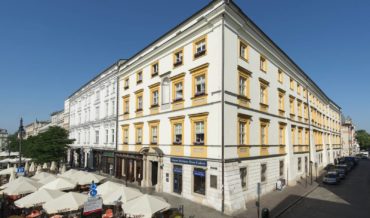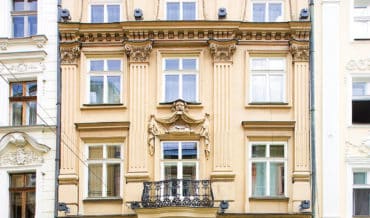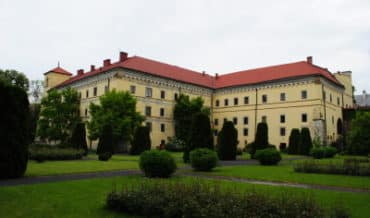KAT – The Master of Holy Justice is a man who punished people with torture. His appearance was very distinctive, he wore white, red and green pieces of cloth sewn on his sleeve. The executioners worked mainly in the basement, officially known as torture chambers.
Types of torture
The executioners used various types of torture, such as pouring water, vinegar or boiling oil down the throat, putting on “Spanish shoes” with nails, tearing out body parts, screwing the head. For minor offences, the ears were cut off or the face was disfigured, for larger offences, the victim was killed in various ways.
The role of executioner in the city
The executioner also performed many different tasks in the city for which he was paid. These activities were: catching stray dogs, taking care of horses, treating townspeople, cleaning the city’s moats and removing faeces. He was also selling various talismans, cords for gallows, hangmen’s hair, and herbs from under the gallows.
Executioners in Krakow
The Master of Holy Justice lived in the Katowska Tower near the Reformed Monastery. The executioner also had helpers, who were living in the Ceklarzy Tower. Torture in Poland was abolished in 1778, and the office of executioner was finally liquidated in 1880. The original instruments of torture found in the basement of the destroyed town hall have survived till this day. They were bought by Jan Matejko and today they can be seen in the house of Jan Matejko.


